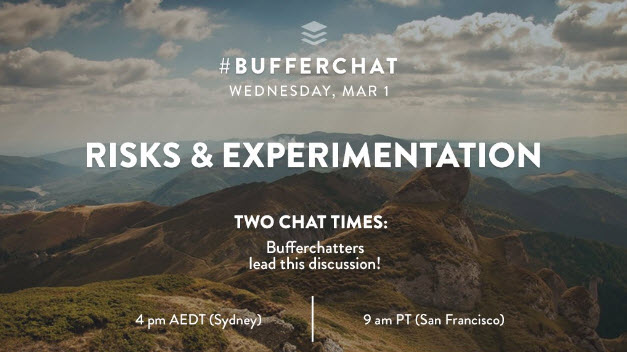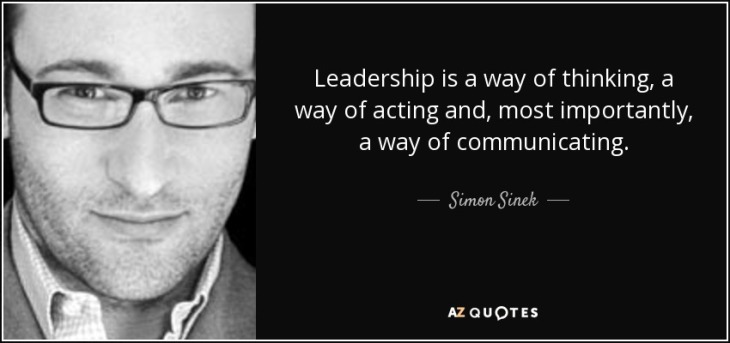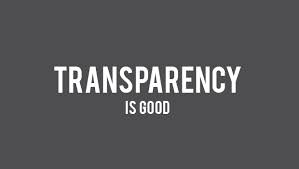
Online communities are essential no matter your business. In addition to offering a great customer service solution, I will discuss three additional reasons why you need to create and nurture your own community.
Customer Service:
My graphic above shows why a community is the full-service solution to customer service. Phone queues are hell for customers to get through and expensive for companies to staff properly. Videos and knowledge base articles eliminate the queue, but if they do not cover the customer’s specific issue and you do not allow (or respond to) questions, your customer still has a problem.
A community is a perfect solution: fast engagement for customers, easy to staff for the company, answers become a searchable knowledge base, and customers may ask follow-up questions.
Connect With Your Customers:
Customers who care want your brand to succeed and love companies who listen and engage. Active community participation also shows your brand’s personality and provides faces. Along with discussion and questions, build focus groups and invite members to participate; receive product ideas and improvement suggestions from the people using your product or service.
Customers Become Advocates:
Potential customers learn about your brand by what is happening in your community. What is the tone? Is your brand engaged? Are your current customers singing your praises? People come with questions, problems, and stories: the results will set your brand apart from your competition. Customers who care will sing your praises and even share your community with others; people love to talk about a club they belong to.
SEO:
We are all slaves to The Google Monster. We spend money and time optimizing websites with keywords and blogs. Websites become stagnant and although they may have the right keywords, blogs are often too company focused (why we are awesome) & go unread by customers. What the Monster really loves is keyword-rich content that is always updating; your community members provides this each day, all day. An addition, because discussions & solutions are customer focused, they are not only consumed, they are SHARED.
So, why have you not built a community?
Please share your comments and questions.
Best,
Toby








